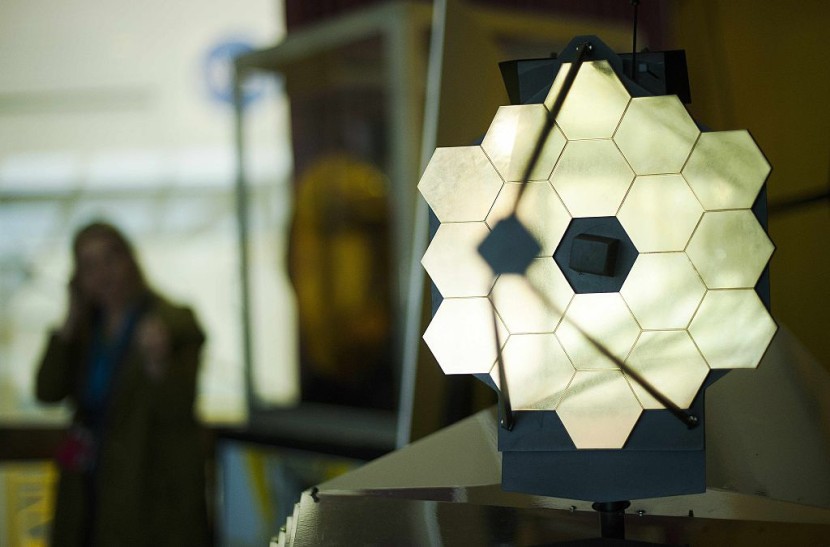NASA's James Webb Space Telescope could actually find aliens on other planets, as claimed by a new study. For the past few years, NASA and other space agencies have been making serious efforts to find life on other planets.
However, they still haven't found a new organism on exoplanets outside the solar system. This is not surprising since NASA and other space organizations still can't reach outside the Milky Way galaxy or just areas in the galaxy farther from the solar system.

Now, space scientists claim that the American aerospace organization's newest space telescope can do one thing to find aliens more effectively. Here's what they suggest JWST should do to find life on other planets.
NASA James Webb Could Find Aliens, Claims New Study
According to the Independent UK's latest report, NASA's JWST can find aliens on other planets by finding exoplanets (planets located outside the solar system) with less carbon dioxide.
This new information was revealed by a breakthrough study, which was published in the Nature Astronomy journal during the last week of December 2023.
Recent studies proposed other signatures that NASA can check to find signs of life on different planets. However, researchers explained that these signatures are hard (or even impossible) to measure with Earth's current technologies.
The new study argued that carbon dioxide is the best signature to look out for since less carbon dioxide in a planet could mean that there's liquid water on its surface.
Scientists explained that exoplanets with liquid water have a higher chance of hosting living organisms. The new study explained that the James Webb Space Telescope has the capability to identify carbon-lite signals.
"Now we have a way to find out if there's liquid water on another planet. And it's something we can get to in the next few years," said the study's co-author Julien de Wit, a scientist from the Massachusetts Institute of Technology.
NASA's JWST Finds Planet Potentially With Life

In September 2023, NASA claimed that its James Webb telescope was able to find a distant exoplanet that could potentially host life. The space agency is referring to the exoplanet called "Goldilocks."
Live Science reported that this exoplanet is 50 light-years away from Earth. NASA scientists said that Goldilocks is similar to Earth, but has more water.
In fact, the James Webb telescope revealed that the Goldilocks exoplanet's surface is almost completely covered with oceans. If you want to learn more about this discovery of the James Webb Space Telescope, you can click here.
© 2025 HNGN, All rights reserved. Do not reproduce without permission.








